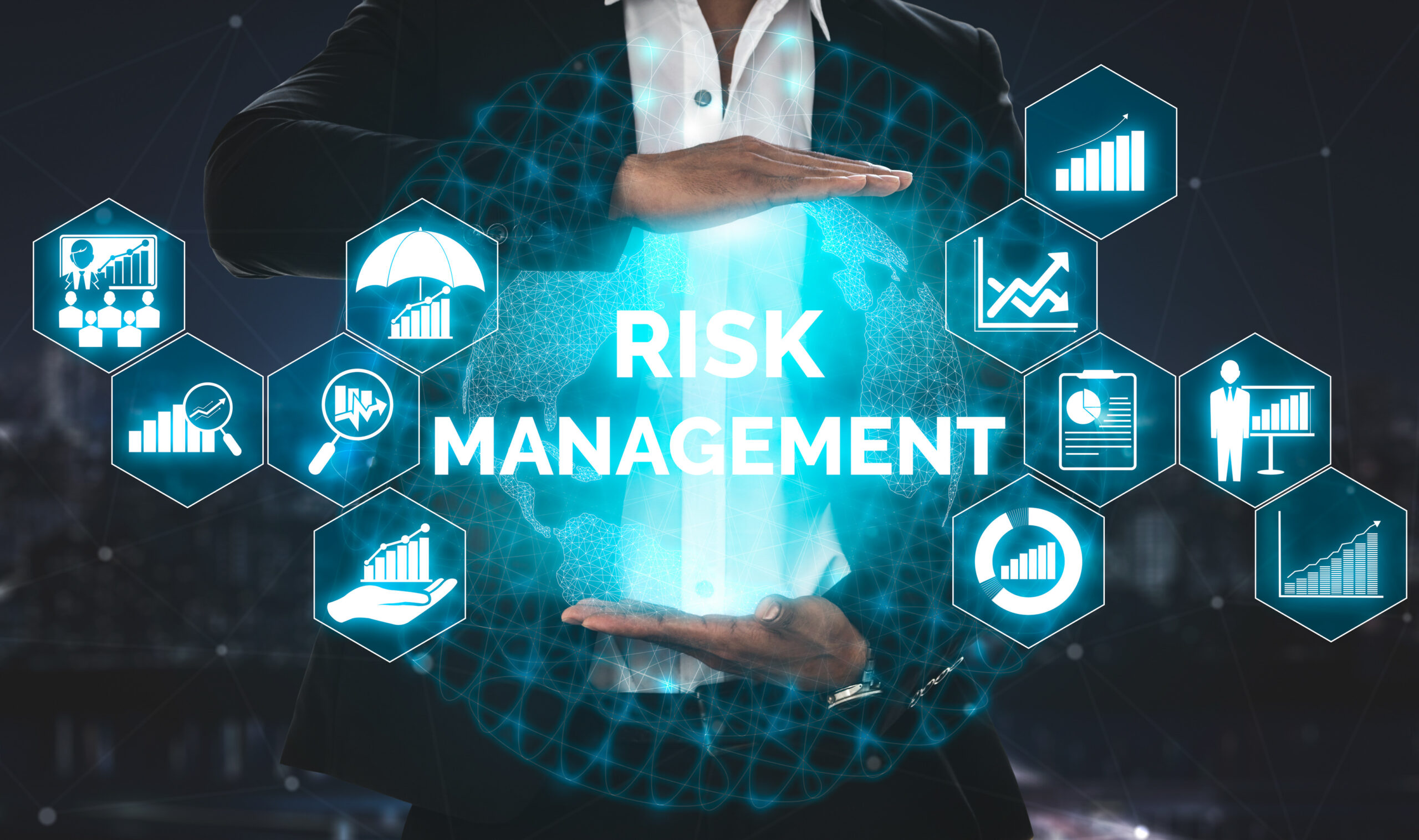Enterprise Security Risk Management (ESRM) is a systematic approach to security management that ensures synergy between an organisation’s security practice and its overall business strategy. ESRM follows the globally established and accepted risk management principles and incorporates them into the security strategy of the organisation. ESRM focuses on the partnership between business owners and security professionals, wherein security is not viewed as a separate entity. It encourages business stakeholders to work closely with security professionals to ensure that assets, processes, and people are protected.
One of the key considerations in ESRM is that one cannot completely protect what one cannot understand. This highlights the importance of overall mission and vision along with short-term as well as long-term goal of an organisation, while incorporating security strategies. The security team must be familiar with the internal and external operating processes and environment to fully shield it.
Before we step into understanding ESRM, one must ask these crucial questions:
- What needs to be protected – which assets, products or processes are essential?
- Who are the potential threat actors – competitors, hackers or just operational disruptors?
- How can it be best protected?
What is an ESRM Process?
ESRM incorporates the following steps
- Identifying and prioritising the enterprise’s assets, processes, and products that need to be protected.
- Identifying and prioritising risks according to their likelihood and impact on the assets.
- Mitigating prioritised risks to protect the identified assets.
- Continuous monitoring and feedback mechanisms to constantly improve the process.
What are the pillars of ESRM?
The four key pillars of ESRM are –
- Holistic Risk Management: ESRM considers the entire scope of security risks including physical security, cyber security, loss prevention, supply chain security, fraud risk management, business continuity threat, etc.
- Stakeholder Partnership: ESRM positions security professionals as trusted partners who advise the asset owners. Security professionals do not unilaterally define and enforce security policy but synergise with the stakeholders.
- Transparency: Security professionals need to be transparent about the nature of risks and the ESRM process used to identify, prioritise and mitigate these risks.
- Governance: There is a need for the creation of a governing body to discuss the risk tolerance and risk appetite of the business and to make top-level discussions.
ESRM enables organisations to make better-informed decisions that are aligned with long-term objectives. It encourages proactive risk identification and mitigation. It enables stronger stakeholder engagement and partnership across all levels of management. Regular assessments help businesses stay updated on emerging threats and disruptive events.
MitKat offer’s wide range of security services including Enterprise security risk management, risk assessments and audits and operational risk consulting. MitKat’s customised risk-analysis-based approach to Security and Safety supported by global standards, expertise, experience, and meticulous conduct helps organisations comprehensively monitor their threat landscape, proactively identify risks, and pre-emptively deploy robust mitigation measures to keep businesses secure. For more information, please visit https://mitkatadvisory.com/






